Wasp Nest Removal Basingstoke - Oakley, Hampshire
Welcome to our Wasp Nest Removal service in Basingstoke, Hampshire. We are committed to providing fast and reliable removal of wasp nests in Basingstoke and surrounding areas.
Thank you for your understanding during this difficult time.
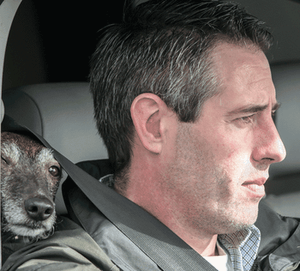
Service Coverage
- Location: Basingstoke, East Oakley, Oakley and Wootton St Lawrence
(If your location is within this postcode area, we cover it!) - Postcode Area: RG23
Contact Information
- Service Provider: Paul Sweet
- Phone: 07810 688 620
- SMS: Text me
- WhatsApp: WhatsApp me
Why Choose Our Service?
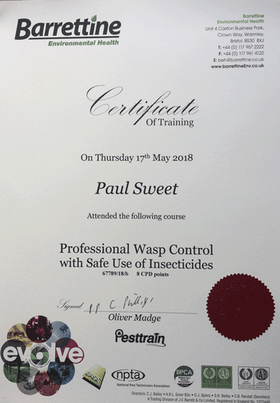
Paul offers a Wasp Nest Removal service in the Basingstoke, East Oakley, Oakley and Wootton St Lawrence areas.
Hampshire Wasp Control tries to provide a same-day service where possible or the next day at the latest.
We charge £65.00 with no hidden extras or VAT. If you are unsure of what you have (bees or wasps), call us to discuss.
Paul's extensive experience controlling wasp and hornet nests reflects his unwavering commitment to continuous growth. Recently, he attended and excelled in the Professional Wasp Control course, where he learned the safe and effective use of insecticides.
You can use 
Nest Building and Identification
1. Old Nests
- Wasps do not reuse old nests. If you have a nest from a previous year, there's no need to treat or remove it, as wasps build new nests each year.
2. Identifying Wasps, Bees, and Hornets
- In spring, congregated insects are likely bees. Later in the summer, large gatherings could be wasps. Close inspection is necessary to distinguish between them.
Wasps are striped yellow and black and upon close inspection have minimal fluffyness.
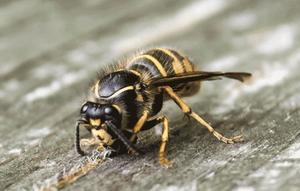
Honey bees are striped in various shades of light and dark brown and slightly fluffy (moreso than wasps).
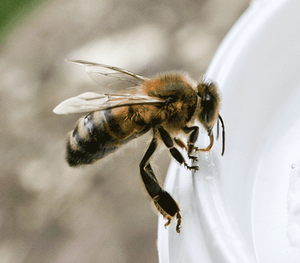
Solitary bees usually are present in the spring and autumn, and the most common are mason bees (fluffy and golden - mostly seen in springtime)
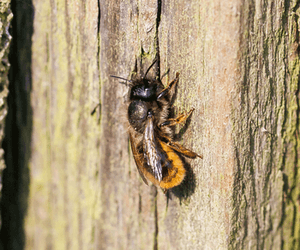
and ivy bees (slightly fluffy striped yellow and brown - mostly seen in the autumn).
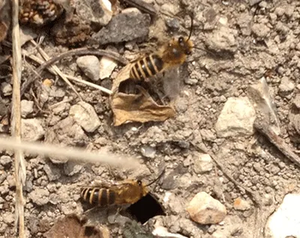
Bumblebees are very fluffy and black and are present from early spring to late summer.
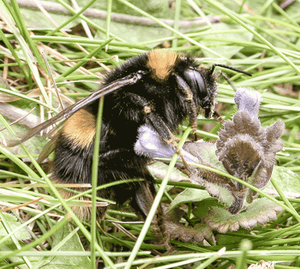
Hornets are large (around an inch long) and rusty brown on their thorax and striped yellow and black on their abdomen.
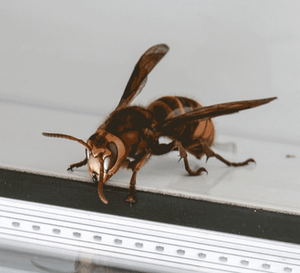
3. Wasp Nest Development
- Wasp nests start in spring with a queen that has hibernated. In March-April, only queen wasps are present, and no workers.
4. Finding Wasp Nests
- Start looking for wasp nests in mid to late June when worker wasps are noticeable. Check your roof; if you see insects flying back and forth to the same spot, it indicates a new nest. Pay attention to areas with easy access, such as around lead flashings or lower down, like tile hanging on walls.
5. Ground Nesting
- Wasps do nest in the ground, usually taking over old mouse or rabbit burrows with one or two entry/exit holes. Multiple small holes indicate mining bees, not wasps.
6. Nesting in Bushes
- European wasps may build nests in bushes and hedges, but these nests are exposed to the elements despite being camouflaged.
7. Sudden Arrival of Insects
- If a large number of wasp-like insects suddenly appears, it's likely a swarm of honey bees. Contact your local beekeeping association to arrange for collection, as wasps do not swarm.
Areas Covered by the RG23 Postcode:
The RG23 postcode encompasses various locations in and around Basingstoke. Here are some of the areas covered:
- East Oakley
- Oakley
- Wootton St Lawrence
Reviews based on the Basingstoke area:
The average rating in Basingstoke for Hampshire Wasp Control is:
5 stars (out of a possible 5) - based on 1 reviews
If you have a wasp or hornet nest and live in the Basingstoke area, and need to get rid of the nest fast, why not give Paul a quick phone call?
